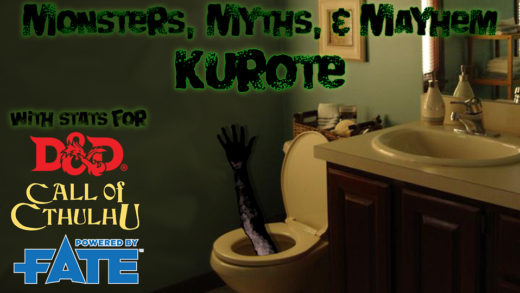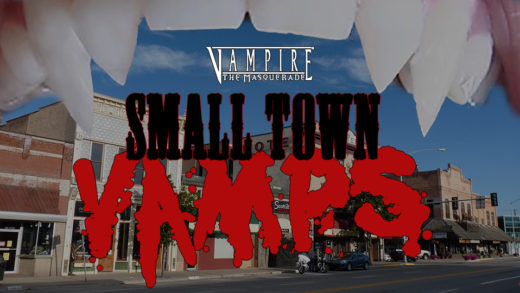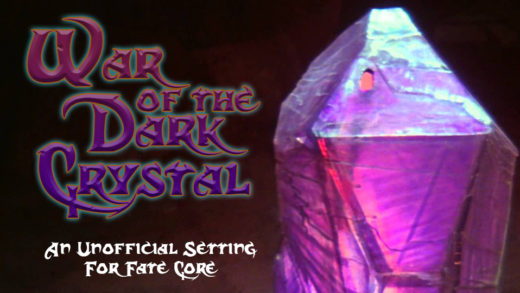In almost every tabletop genre player characters have some sort of personal vehicle or animal for travel. In this week’s column I look at what a mount can say about a character and how can it be used in role-play.
Price vs Roleplay
In a lot of systems transport options are limited to starting characters by virtue of cost alone. Starting character costs can often result in not being able to afford a ride at all due to other necessary expenses. In Shadowrun, I’ve seen (and created) a number of player characters who couldn’t afford a vehicle or had only a single option due to equipment tables and prices. While “I drive it because it’s the only thing I can afford” is certainly a role-play option, vehicle and animal lists are typically too short and restrictive. No choice isn’t really a role-playing mechanic I like for starting characters.
Unless you’re running an “organized play” style game (Shadowrun Missions, D&D Adventurers League, Pathfinder Society, etc.), I suggest working with the players to give them a wider access to transport without worrying about cost. This can be accomplished by asking the characters what kind of vehicle or animal they see for their character and either creating something special but not as powerful as the more expensive/official option. Another option would be to suggest the player character is paying off a loan and it becomes an outtake from any treasure on their adventure. This second option carries a lot of additional adventure hooks and reasons for a character to go on adventures.
The Type of Ride
Providing the players methods of obtaining their transport without focusing on price lists means they can think about the animal or vehicle that best suits their character. Do they drive a flashy car or value endurance over speed? Is their character focused more on major thoroughfare travel, off road, or alleyway runs?
Note that no character should have to own a special vehicle and it’s a valid role-play choice to take public transport, ride along with others, or prefer to walk. But, again, this should be about role-play choices and not dictated by price sheets.
The decision of what kind of ride (or lack thereof) the character uses should be a reflection of the character themselves and an indication of what they value.
Applying Aspects
When I began running the second campaign “season” of my Dresden Files Fate game Unholy Preyer (which unfortunately came to a short end due to timing problems) I asked every player to not only decide on their character’s ride for traveling across the USA, but to also provide an Aspect for their vehicle. As mentioned in last week’s Dramatic Mechanics column, Aspects are easy to apply within any system. Even if they don’t provide mechanical bonuses, they’re a quick way to define themes and ideas. Two vehicles could have the same name and same stats, but their nature changes based on the aspect applied. Some sample vehicle and animal aspects include (note that aspects don’t have to be pop-culture references):
- She may not look like much, but she’s got it where it counts—I’ve made a lot of modifications, myself
- Looks like a fish, moves like a fish, steers like a cow
- As big as a whale and it’s about to set sail
- Too fast, too furious
- You can fit five dead bodies in the trunk and still have room for the spare tire
- Only I know how to start it
- These boots are made for walking
Maintenance
The initial acquisition of a character’s ride is not the end of role-play when it comes to transport. Players should also consider how they maintain their vehicle or animal. Do they do the bare minimum to keep it going? Treat the ride themselves with maintenance and the best fuel/food? Do they entrust the care to others and, if so, is it because they lack the skill or desire to do the work themselves? Or do they ride hard until it breaks then move on to the next?
How a character treats their transport may be an indication of how they treat people or things in their life and thinking about not only what they ride but how they treat their transport can potentially provide new insight and thinking into how to play the character in other situations.



Recent Comments